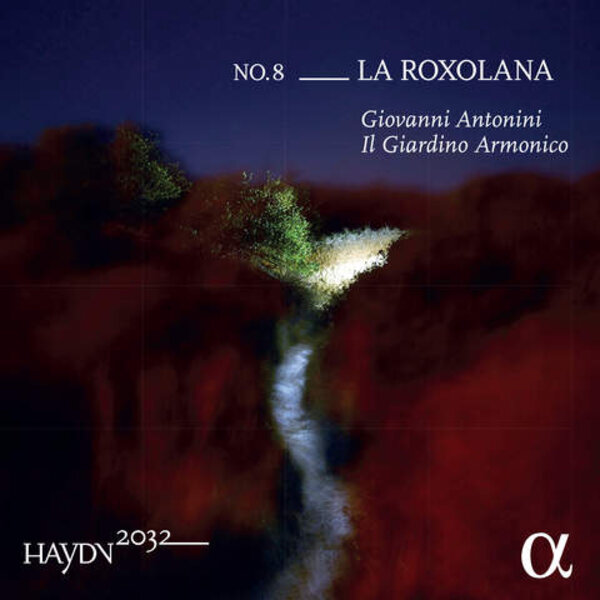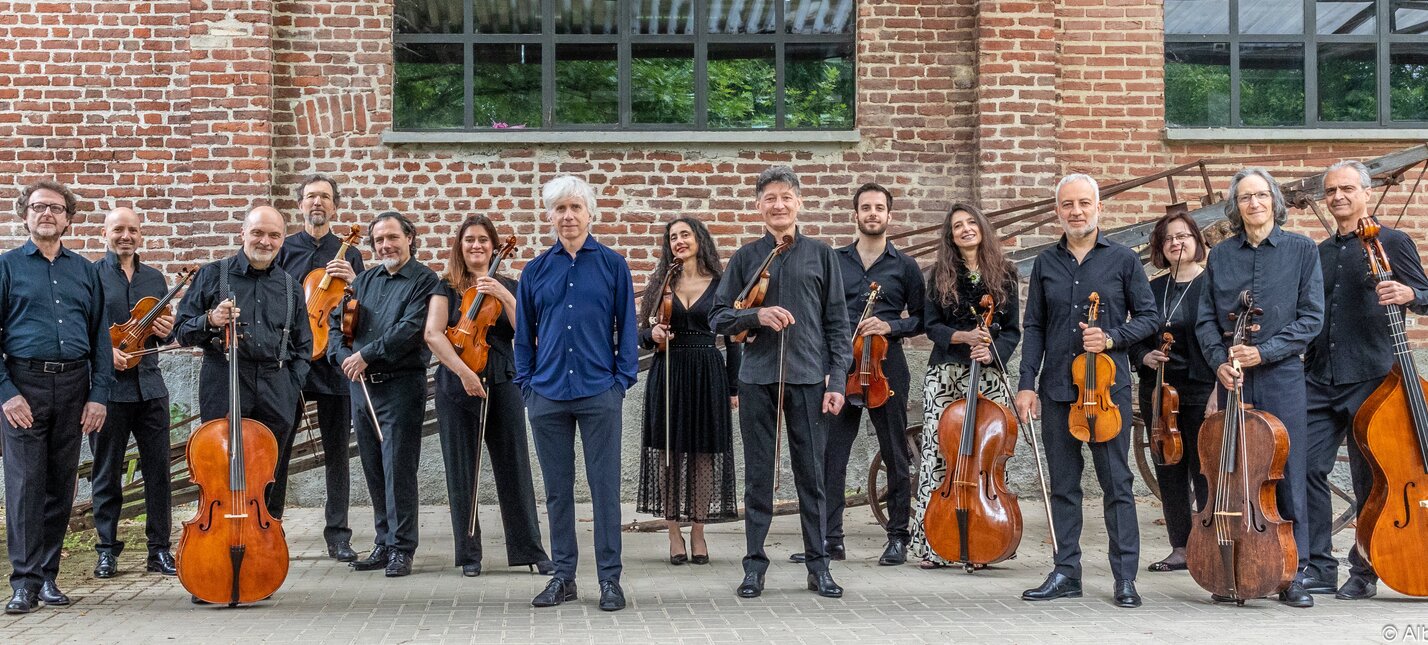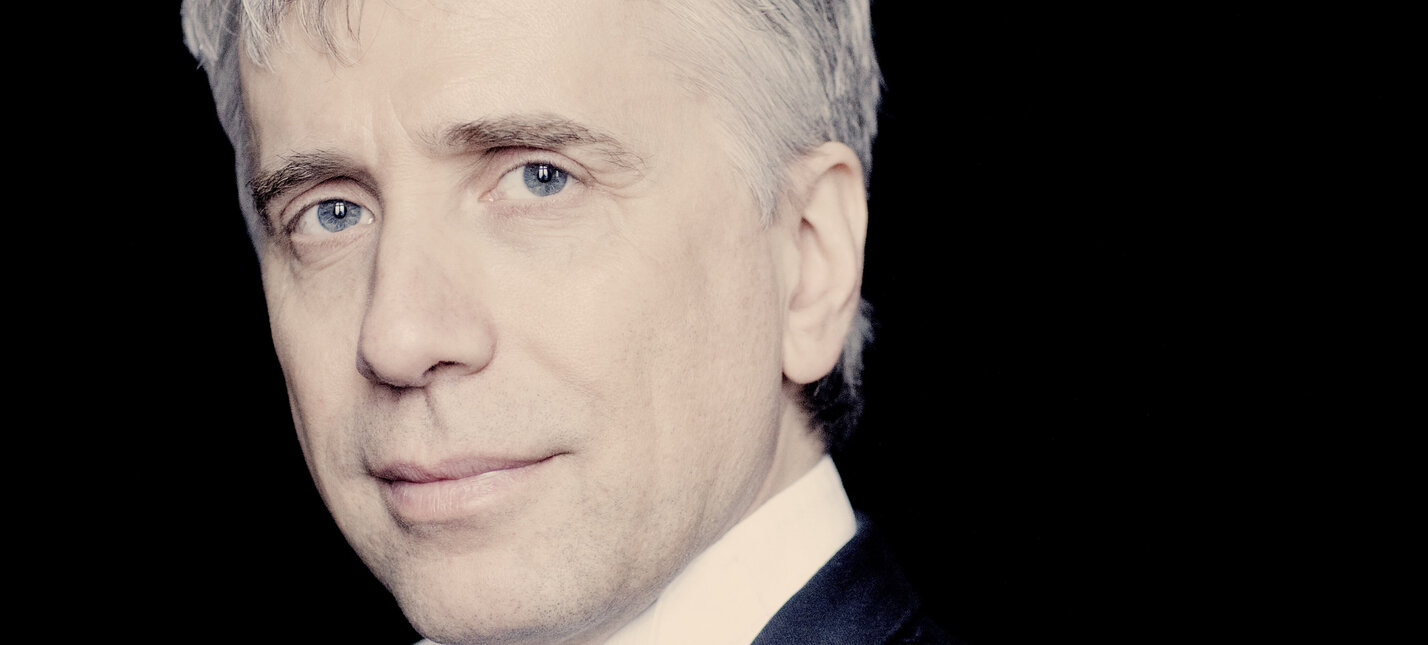NO.8 __LA ROXOLANA
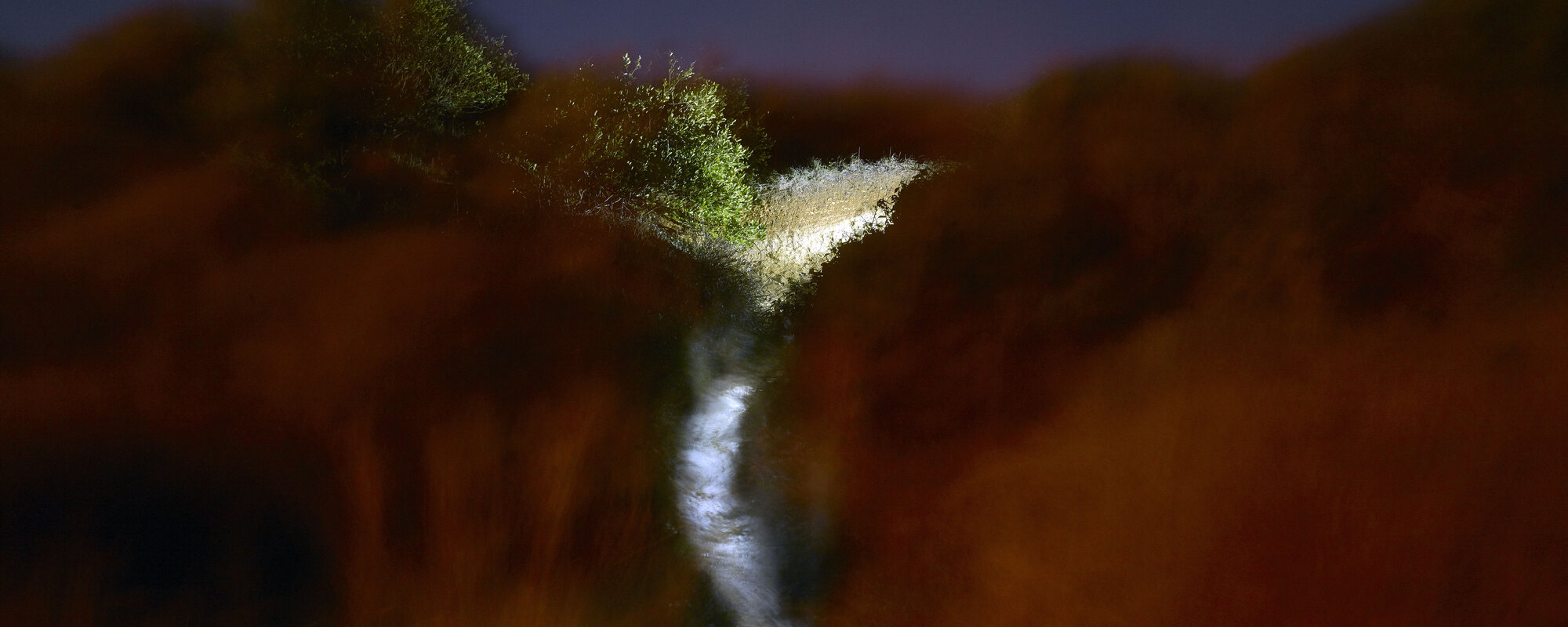
Il Giardino Armonico
Giovanni Antonini, conductor
Mathias Énard, writer
Mark Power, photographer
Symphonies No.28, No.43 "Mercury" and No.63 "La Roxolana"
Anonymus (attributed to H.I.F. Biber): Sonata Jucunda
Béla Bartók (1881–1948): Romanian Folk Dances for String Orchestra (1917)
Program
Joseph Haydn (1732–1809): Symphony No.28 A Major Hob. I:28 (Eisenstadt, 1765/66)
Allegro di molto / Poco adagio / Menuet. Allegro molto – Trio / Presto assai
SYMPHONY NO.28 A-MAJOR HOB. I:28 (Eisenstadt, 1765)
Time of creation: [end?] 1765
Allegro di molto / Poco adagio / Menuet. Allegro molto – Trio / Presto assai
Christian Moritz-Bauer
One means of tracing certain external influences on the musical art of the Esterházy court Kapellmeister is a comparatively new method called ‘topic theory’. This aims to make narrative elements of a ‘musical language’, as found in the works of Haydn and many of his more gifted contemporaries, decipherable or interpretable against the background of their extra- or inter-musical sources. By bringing various biographical, literary and journalistic documents into the equation, we may gain (sometimes unexpected) insights that can help us to resolve many questions concerning the genesis, the stimulus for composition or the musical content of one of those groups of Haydn symphonies whose outer and inner form have always been a source of puzzlement in both theory and practice.
Our musical journey, which will go on to follow a ‘Balkan route in reverse’, thus begins with a work whose origin – like that of Symphonies nos. 65 and 67 from GLI IMPRESARI – is to be found in the incidental music for a spoken play, Die Insul der gesunden Vernunft (The isle of common sense). The author of this comedy, in which the characters of Hanswurst and Bernardon get up to mischief together in a spirit influenced by Enlightenment ideas, was Joseph Felix von Kurz1 an influential comic writer and theatre manager for whom Haydn had earlier composed the (unfortunately lost) music for his singspiel Der (neue) krumme Teufel (The (new) crooked Devil), premiered around 1751/52. Although Die Insul received its first performance in October 1764, during the Landtag (Diet) of the Hungarian states of the Empire in Pressburg (now Bratislava), it was most likely for an Eisenstadt revival that Haydn wrote several movements which have come down to us as the Symphony in A major Hob. I:28. The play was probably performed on 9 May 1765, the night before the twenty-fourth birthday of Nicolaus I Esterházy’s younger son Count Nicolaus, by the (so-called ‘Badnerʻ) troupe of Josepha Schulz, who had previously worked with Kurz-Bernardon in Pressburg. The plot deals with a couple called Fiametta and Bernardon, who come from a desert island and have been sheltered from civilisation of any kind. They are transported to the court of the Counts of Gerstenschleim and, beguiled by the supposed accomplishments of a feudal society, are separated from one other and ushered into the respective arms of the young Count Heinrich and the court lady-in-waiting Lavinia.3
BERNARDON. I’m freezing . . .
FIAMETTA. . . . I’m sweating.
BERNARDON. Now I’m hot.
FIAMETTA. Now I’m freezing too – what torment!
BERNARDON. I can’t get away from this spot.
FIAMETTA. I can’t get out of this place.
BOTH. What the deuce can this be?
Oh, my darling, it is the joy
Of at last finding ourselves
Together again!
The apparent ‘primitiveness’ of the islanders is deliciously depicted in the pieces of incidental music that parallel the stage action. Take the Andante, for example, where muted violins, legato and pianissimo, convey the image of a pair of natives reduced to sweating and freezing by the expression of their mutual love, through a theme characterised by a falling and then rising interval of a fourth and a two-bar staccato interpolation, repeated several times in threefold upward motion. Or the Menuet, where the grotesque bariolage effects in the Allegro molto section and the minimalistic motifs in the Trio underline the savagery and at the same time the noble simplicity of Fiametta and Bernardon in such a way as to prolong the dance interludes from the end of the second act. Similarly, the meandering quaver runs of the Presto assai, whether without printed markings or with the addition of a mixture of legato slurs and staccato wedges, are likely to correspond to the final separation scene, where the situation of mutual infidelity in which the two protagonists have entangled themselves (more or less voluntarily) threatens to be swamped in a general roar of laughter.
1 Johann Joseph Felix von Kurz, known as Bernardon (Vienna, 1717- Vienna, 1784), achieved fame for his regular role of Bernardon and for the ‘Bernardoniade’, a form of impromptu comedy that was named after him. Along with Josef Anton Stranitzky and Gottfried Prehauser, he was one of the most important and popular Viennese actors of the eighteenth century. His comedies are regarded as the high point of Viennese improvisatory drama.
2 Cf. Otto G. Schindler, ‘Hanswurst in Preßburg/Bratislava. Deutsche Lustigmacher auf den ältesten Theaterzetteln Ungarns und der Slowakei’, in Horst Fassl (ed.), Deutsches Theater im Ausland vom 17. zum 20. Jahrhundert. Interkulturelle Beziehungen in Geschichte und Gegenwart (Berlin: 2007), pp.95-122. Id., ‘Vom Passionsspiel in Perchtoldsdorf zur Goldoni-Komödie am Todestag. Unbekannte Theaterbesuche Franz Stephans von Lothringen’, in Renate Zedinger and Wolfgang Schmale (eds.), Franz Stephan von Lothringen und sein Kreis (Bochum: 2009 = Jahrbuch der Österreichischen Gesellschaft zur Erforschung des 18. Jahrhunderts, vol.23), pp. 343-369, here pp.361f. H. C. Robbins Landon, Haydn: Chronicle and Works. Haydn: the Early Years 1732-1765 (London: 1980), pp.404f. and 572f.
Evidence for the theatrical performance mounted to celebrate the majority of Prince Nicolaus’s second son, Nicolaus Laurentius (1741-1809) – the Empress Maria Theresia issued the relevant Verordnung wegen der Großjährigkeit (Decree on account of majority) on 12 April 1753 – was found by the present author in the archives of the Esterházy Privatstiftung at Forchtenstein Castle in Burgenland. The document in question is a payment order issued by the Esterházy estates manager Peter Ludwig Rahier and confirmed by the Eisenstadt Castle guardian Franciscus (François) Le Gout(h):
‘Commission
‘By virtue of which the Eisenstadt treasurer is to give the actors four Chremnitz ducats for the comedy they performed on the eve of the birthday of Count Nicolaus Esterházy, and to enter this in his accounts as a monetary payment. Eisenstadt, 10 August 1765, P. L. Rahier mpr [manu propria, in his own hand].
‘I certify that the 16 florins 48 kroner have been paid to the actors by the treasury. Eisenstadt, 11 August 1765. Le[?] Gouth mpr.’
(EPA RA 1765 N 131 Y)
3 On the content of Die Insul der gesunden Vernunft and its interpretation in terms of cultural and character history, see Matthias Mansky, ‘Der “edle Wilde” als lustige Figur? Funktionalisierung und Transformation bei Franz von Heufeld und Joseph Felix von Kurz-Bernardon’, in Franz M. Eybl (ed.), Nebenschauplätze. Ränder und Übergänge in Geschichte und Kultur des Aufklärungsjahrhunderts(Bochum: 2014 = Jahrbuch der Österreichischen Gesellschaft zur Erforschung des 18. Jahrhunderts, vol. 28), pp.193-207. A freely accessible digitisation of the play text can be found at: http://digital.onb.ac.at/OnbViewer/viewer.faces?doc=ABO_%2BZ25997560X(accessed 28 November 2020).
to the shop
Joseph Haydn (1732–1809): Symphony No.43 E Flat Major «Merkur» Hob. I:43 (1770/1771?)
Allegro / Adagio / Menuet – Trio / Finale. Allegro
SYMPHONY NO.43 in E FLAT MAJOR «MERKUR» HOB. I:43 (1770/1771?)
Time of creation: till 1772 [1770/1771]
Allegro / Adagio / Menuet – Trio / Finale. Allegro
Christian Moritz-Bauer
Haydn’s experience with folk music stemmed not only from his family past, but also and above all from encounters in and around the residences of his princely masters. The fact that these played a natural part in the courtly life of the Esterházy princes is shown, for example, by the following excerpt from a report on the wedding festivities of Maria Theresia Johanna Countess of Lamberg-Sprinzenstein, a niece of Nicolaus I, held at Eszterháza Palace in September 1770:
. . . soon, however, another spectacle attracted the attention of the onlookers, for a large crowd of local peasants, men and women, came quite unexpectedly into sight and contributed not a little to the amusement of the high society guests with their country dances, their rustic songs, and the great joy that showed on their animated faces; this peasant festival lasted into the greater part of the night, during which care was taken to enliven it still further with abundant servings of wine and many dishes.1
As befitted the (late) summer court festivals held between 1768 and 1775, the Prince’s ‘Hungarian Versailles’ with its palace and theatre buildings, its park with a coffee house and Chinese pavilion, a hermitage, several temples and an adjacent animal enclosure, was the scene of every imaginable type of amusement: from opera performances and masked balls, by way of concerts by the court orchestra and all sorts of performances by the theatrical troupes currently in residence, to hunting and fireworks.
It can therefore be assumed that in the course of these celebrations in September 1770, the musical element was not limited to the princely Kapellmeister’s new ‘comedy sung in Italian, Le pescatrici or The Fisherwomen, 2 but also included one of his most recent symphonies. On both stylistic and chronological grounds, this could easily have been the Symphony in E flat major Hob. I:43. The work, which was awarded the Order of the ‘Austrian chamber symphony par excellence’ by H. C. Robbins Landon and became a repertory piece with the Musique du Roy at the court of Louis XVI, 3 at some point acquired the nickname ‘Merkur’ (Mercury). Whether this could have been a confusion with Symphony no.50, whose opening movements at one stage served as an overture to the puppet opera Philemon und Baucis, 4 remains questionable. It is more likely that the naming of the symphony corresponds to a certain fashion of the time for giving chamber symphonies the names of classical gods without any concrete programmatic content being discernible behind their use. One example of this would be the symphonies of the violinist and composer Wenzel Pichl, a friend of Haydn’s, who held the position of Konzertmeister at the Kärtnertortheater in Vienna in the early 1770s and later worked from Milan as a musical agent for the Esterházy princes.
From a surprise effect (appropriate to the occasion?), with three forte chords separated by cantabile string interludes, develops one of the longest themes Haydn ever placed at the beginning of a symphony. One might almost think that the composer had fallen too much in love with the ‘relaxed beauty'5 of his initial idea, which ‘appears to circle somewhat aimlessly around the first inversion of the tonic triad’.6 But this – according to James Webster – was precisely Haydn’s intention. He almost ‘demonstratively refuses to do anything, so that we become increasingly uneasy, more and more needful of hearing something different’.7 Like a belated gift, descending semiquaver tremolos marked forte finally announce the end of the theme and, with an energetic passage, lead into the lyrical second group. From here, the path leads us through a region of ferocious scales. Accompanied by the brisk gait of the string basses, we pass under the jagged silhouette of a chain of violin quavers to the first double bar. After this tour de force, which is several times on the verge of breaking off prematurely, the Adagio, with its ‘almost rhapsodically effusive expression of sensibility [Empfindsamkeit]’,8 must have resembled a fountain of refreshingly cool water for the audience. The work picks up speed again with a lively Menuet. Once again, the Trio holds a surprise in store, for its motivic outline is at once dance-like and rhythmically unstable. The finale, a singing Allegro with a forty-one-bar coda following the repeat of the second section, is decidedly popular in tone: ‘Time seems to stop, the note values get slower and slower, and finally everything dies away except for the first violin, which goes up to an enigmatic g flat. There follows one of Haydn’s magnificent silences, and then the music plunges into a last tutti and this elegant chamber symphony is at an end.’9
1 Wienerisches Diarium oder Nachrichten von Staats, vermischten und gelehrten Nachrichten. Verlegt bey den von Ghelischen Erben, no.77, Wednesday 26 September 1770, p.5.
2 Ibid.
3 H. C. Robbins Landon, Haydn: Chronicle and Works, vol. 2, Haydn at Eszterháza: 1766-1790 (London: Thames and Hudson, 1978), p.300.
4 See A. Peter Brown, The Symphonic Repertoire. Vol. II. The First Golden Age of the Viennese Symphony: Haydn, Mozart, Beethoven, and Schubert (Bloomington & Indianapolis: Indiana University Press, 2002), p.128. [Mercury is one of the spoken roles in the opera – Translator’s note.]
5 Charles Rosen, The Classical Style (New York: Viking; London: Faber and Faber, 1971), p.150.
6 James Webster, ‘The early “Sturm und Drang” (1765-1771)’, booklet note to the three-CD set ‘Haydn Symphonies, volume 6’ (London: Decca-L’Oiseau-Lyre, 440 222-2, 1994), p.18.
7 Ibid.
8 Walter Lessing, Die Sinfonien von Joseph Haydn, dazu: sämtliche Messen, vol. II (Baden-Baden: Südwestfunk, 1989), p.39.
9 Landon, op. cit., p.300.
to the shop
Anonymus (attributed to Heinrich Ignaz Franz Biber): Sonata Jucunda D-Major C. App. 121 / B. IV 100 (Kroměříž / Kremsier, c. 1677–1680)
Adagio – Presto – Adagio – Allegro – [no tempo marking]
ANONYMOUS (attributed to Heinrich Ignaz Franz Biber) SONATA JUCUNDA IN D MAJOR C. App. 121 / B. IV 100 (Kroměříž / Kremsier, c.1677–1680)
Adagio – Presto – Adagio – Allegro – [no tempo marking]
Christian Moritz-Bauer
To begin the second part of the programme we take a detour through one of the richest regions (in terms of both general and musical culture, especially folk music) of the former Habsburg Empire: Hanakia, which is now the Haná region of Moravia in the Czech Republic. The trade its inhabitants plied with central and eastern Europe made them widely known.
The anonymous Sonata Jucunda for two violins, three violas and basso continuo is probably the most significant work of late seventeenth-century art music to attempt to imitate the music of the Hanáks. This ‘cheerful sonata’ has survived in Kroměříž (Kremsier), in a single manuscript from the important collection of Bishop Karl von Liechtenstein-Kastelkorn, and was copied out by the composer, trumpeter and choirmaster Paul Josef Vejvanovský, probably between 1677 and 1680.1
Like many other works evoking peasant music-making, it deliberately conveys by compositional means the impression of a disorderly playing style, sometimes even down to faulty ensemble. For example, at one point the violino primo and violetta parts play simultaneously in D major and D Mixolydian respectively, joined a few bars later by the lower violas in bare fifths (played on open strings). The following section is also decidedly jocular, identifying the minor second as a comic feature. The ‘punch line’ is delivered in the last six bars of the sonata: the dispute over the correct key is finally settled and a short but solemn solo passage ends the merry round.
1 See Robert Rawson, ‘Courtly Contexts for Moravian Hanák Music in the 17th and 18th centuries’, Early Music 40/4, November 2012, pp.577-591.
to the shop
Béla Bartók (1881–1945): Romanian Folk Dances (1917)
arranged for string orchestra by Arthur Willner (1881–1959)
Jocul cu bâtă (Stick Dance) / Brâul (Sash Dance) / Pe loc (On One Spot) / Buciumeana (Dance from Bucium) / Poarga Românească (Romanian Polka) / Mărunțel (Fast Dance)
BÉLA BARTÓK: ROMANIAN FOLK DANCES (1917)
arranged for string orchestra by Arthur Willner (1881–1959)
Jocul cu bâtă (Stick Dance) / Brâul (Sash Dance) / Pe loc (On One Spot) / Buciumeana (Dance from Bucium) / Poarga Românească (Romanian Polka) / Mărunțel (Fast Dance)
Christian Moritz-Bauer
In his Romanian Folk Dances, the melodies for which he collected in 1910 and 1912 on field trips to the counties of Bihar, Maros-Torda, Torda-Aranyos and Torontál and arranged for piano in 1915 and for small orchestra in 1917, Béla Bartók used a range of compositional stylistic devices which can be bracketed under the specialist terms dűvő and esztam. They helped the composer-ethnographer to express the conception of simplicity, purity and authenticity by means of which he sought to instil new life in the music of his Hungarian homeland from its own folk roots.1
The first piece, Jocul cu bâtă, represents a stick dance once performed for Bartók in the village of Voiniceni by a fleet-footed boy and two Roma musicians on violin and kontra. (The latter instrument, widespread in Transylvania, is a form of viola whose flattened bridge enables simultaneous playing of its three strings. In this dance it performs a continuous dűvő.) The inspiration for Brâul, a sash dance for young female dancers, and Pe loc with its exotic arabesques, was the playing of a fifty-year-old man on the furulya, the traditional fipple flute of shepherds.
The fourth dance comes from Bucium. Its augmented seconds belong to the standard repertory of Transylvanian musical folklore. Poarga Românească (Romanian polka) captivates with its continuous alternation between 2/4 and 3/4 time. At the same time it forms the prelude to a rapid finale, which reaches a fiery conclusion in two fast dances or mărunțel.
1 See Joshua S. Walden, Sounding Authentic: The Rural Miniature and Musical Modernism (Oxford, New York etc.: Oxford University Press, 2014), Chapter Six, ‘Béla Bartók’s Rural Miniatures and the Case of Romanian Folk Dances’, especially pp.170-171.
to the shop
Joseph Haydn (1732–1809): Symphony No.63 C Major «La Roxolana» Hob. I:63 (Eszterháza, 1779)
Allegro / Die Roxolana. Allegretto / Menuet – Trio / Finale. Presto
SYMPHONY NO. 63 IN C MAJOR ‘LA ROXOLANA’ HOB. I:63 (Eszterháza, 1779)
Time of creation: till 1781 [end 1779]
Allegro / Die Roxolana. Allegretto / Menuet – Trio / Finale. Presto
von Christian Moritz-Bauer
The Symphony in C major Hob. I:63 has long been counted among those works that testify to Joseph Haydn’s involvement with various forms of contemporary theatre over a period of years. In the version we hear today, this composition was copied out by Leopold Dichtler (a tenor who had been in the service of the Esterházy princes since 1763), Joseph Elßler senior, and a third scribe whose name is unknown to us. As the basis for their work, these gentlemen must have had a number of scores at their disposal, first and foremost the Overture to Il mondo della luna, a dramma giocoso of 1777, which was placed at the beginning of the work after some modifications to the wind scoring.
The second movement seems to represent another case of ‘compositional recycling’. According to reports in the Pressburger Zeitung,1 it may be connected with Carl Wahr’s theatre company, which had given guest performances of a large number of comedies and tragedies at Eszterháza Palace every year from 1772 onwards. One of their successes was Solimann der Zweyte, oder die drey Sultanninen (Süleyman II, or the three sultanas), a translation of a French play by Charles Simon Favart which had been performed in numerous translations and in many European countries since its Paris premiere in 1761. The leading roles are Elmire, a Spaniard with a penchant for tender flattery as well as courtly intrigue; Delia, a Circassian, wondrously beautiful in appearance and song; and finally Roxelane, a Frenchwoman, combative, emancipated and freedom-loving. They vie with each other for the favour of the ‘Turkish Emperor’ Soliman II. Of course, it is Roxelane who ultimately emerges as the victor, since her character alludes to the historical figure of Hürrem Sultan, favourite and later chief wife of Sultan Süleyman I (1494-1566). She was born in the territory of Polish Ruthenia (also known as Red Ruthenia or Red Russia), the daughter of an Orthodox priest, and is said to have been kidnapped during a raid by Crimean Tatars and sold as a slave to Istanbul, where she ended up in the harem of the Old Seraglio. Hürrem’s action there was marked by unprecedented breaches of tradition. Also known in the West as La Sultana Rossa (the red-haired sultana) or Roxelana (Roxolana, Roxelane = the Ruthenian) because of her origins and appearance, she not only worked her way up to become the Sultan’s adviser, but also actively interfered in political affairs. In Favart’s play, the plot even ends with Roxelane disbanding the harem, thus establishing an order in conformity with the European model.
The ensuing ‘coronation ceremony’ was to end – according to the stage directions in the printed text sold to accompany the production – with a ‘ballet of male and female Turkish dancers’ who ‘present a pantomime according to the custom of their country’.2 At the performance by Wahr’s company at its winter quarters in Pressburg on 13 January 1774, this ballet was probably replaced by a dance interlude, which was accompanied by what would later become the Allegretto of Symphony no.63. In the case of this movement, which is entitled ‘Die Roxolana’ or ‘La Roxolana’ in the Esterházy performing parts, it is possible to discern a number of different characters, possibly even an extra-musical stage action.
The following attempt at a so-called topic analysis will show how that might be the case in this variation movement, based on a theme alternating between C minor and C major sections. The conception of the dance-like theme in the minor, featuring both small steps and wide leaps, which proceeds on its way with muted violins and small internal caesuras but (for the moment) without inner conflicts or increase in dynamics, might be identified as a depiction of the character of Elmire, who is extolled for her tenderness. In contrast with this, we then have the proud major-key variant of the theme, with soloistic wind voices reminiscent of the sound of a French ‘band of hautboys’: Roxelane, the combative protagonist. Finally Delia appears, with a section that can be formally described as a variation of the initial minor-key variant. The flute, which now enters for the first time in the movement and plays colla parte an octave above the chromatically enriched violin melody, colourfully portrays the Circassian’s exotic beauty. Towards the end of the section, however, the melody instruments go their separate ways, causing a build-up of tension of which the subsequent second appearance of the thematic variant previously assigned to the character of Roxelane makes good use. With forte jabs from the high wind and strings at the end of the first strain and an ‘introverted’ piano phrase at the beginning of the second, Roxelane shows her pugnacious and emotional sides in equal measure. No wonder that such a demonstration of outer and inner strength makes the female competition increasingly uneasy. Such, at any rate, could be one interpretation of the subsequent second variation on the C minor variant assigned to Elmire and Delia, which is dramatised to the utmost by means of semiquaver figuration and pizzicato accompanying chords, a downward quaver scale with staccato wedges, and a final unison passage (including a forzato accent and a downward leap of a diminished seventh). A trio of oboes and bassoon announces the victory of the Frenchwoman, who is then celebrated by tutti wind and strings – the former in an expressive gesture, the latter now entirely without mutes – in a thirty-two-bar coda: ‘Long live the worthy sultana! Long live Roxelane!’
There remains the question of what could have motivated Haydn, at the turn of the year 1779/80 (the date of the performance material preserved in the Esterházy collection in Budapest), summarily to combine an operatic overture, a ballet pantomime for a Turkish play, a newly composed minuet and a new buffo-stylePresto finale into a new, fully valid concert symphony. One possibility is to read it as a work composed to commemorate the glorious past of the Eszterháza theatre – a tribute to Prince Nicolaus and his immediate decision to have the great opera house, which had fallen victim to the flames on 18 November 1779, rebuilt even more beautifully and magnificently.
1 See Pressburger Zeitung, Das 12. Stück, Wednesday 9 February 1774, p.4, and cf. Pressburger Zeitung, Das 5. Stück, Wednesday 18 January 1775, p.7.
2 Solimann der Zweyte, oder die Drey Sultaninnen. Ein Lustspiel in drey Handlungen. Aus dem Französischen des Herrn Favart. Uebersetzt von St. Wien, gedruckt bey Johann Thomas Edlen v. Trattnern, k. k. Hofbuchdruckern und Buchhändlern (Suleiman the Second, or The Three Sultanas. A comedy in three acts, translated by St. from the French of Herr Favart. Vienna, Johann Thomas Edel von Trattner, court printer and bookseller, 1770), pp.94-97 [= 84-87]. Universität Wien, Theater-Bibliothek Pálffy (BP 003/02).
to the shop
Line-up
Il Giardino Armonico
Giovanni Antonini, conductor
Biographies
Orchestra
Il Giardino Armonico
Orchestra
Founded in 1985 and conducted by Giovanni Antonini, has been established as one of the world’s leading period instrument ensembles, bringing together musicians from Europe’s relevant music institutions. The ensemble’s repertoire mainly focuses on the 17th and 18th century. Depending on the demands of each program, the group consists of three up to thirty musicians.
Il Giardino Armonico is regularly invited to festivals all over the world performing in the most important concert halls, and has received high acclaim for both concerts and opera productions, like Monteverdi’s L’Orfeo, Vivaldi’s Ottone in Villa Händel’s Agrippina, Il Trionfo del Tempo e del Disinganno, La Resurrezione and finally Giulio Cesare in Egitto with Cecilia Bartoli during the 2012 edition of the Salzburg Whitsun and Summer Festival.
Beside that, Il Giardino Armonico sustains an intense recording activity. After many years as an exclusive group of Teldec Classics achieving several major awards for its recordings of works by Vivaldi and the other 18th century composers, the group had an exclusive agreement with Decca/ L’Oiseau-Lyre recording Händel’s Concerti Grossi Op. VI and the cantata Il Pianto di Maria with Bernarda Fink.
The group also released on Naïve La Casa del Diavolo, Vivaldi cello Concertos with Christophe Coin, and the opera Ottone in Villa winning the Diapason d’Or in 2011. On the label Onyx Vivaldi violin Concertos with Viktoria Mullova.
In 2009 a new cooperation with Cecilia Bartoli led to the project Sacrificium (Decca), Platinum Album in France and Belgium and prized by the Grammy Award.
Again on Decca Alleluia (March 2013) and Händel in Italy (October 2015) with Julia Lezhneva, acclaimed by public and critics.
The group published Serpent & Fire with Anna Prohaska (Alpha Classics – Outhere music group, 2016) winning the ICMA “baroque vocal” in 2017.
The recording of five Mozart Violin Concertos with Isabel Faust (Harmonia Mundi, 2016) stands as the result of the prestigious cooperation with the great violinist.
Il Giardino Armonico is part of the twenty-year project Haydn2032 for which the Haydn Foundation has been created in Basel to support both the recording project of the complete Haydn Symphonies (Alpha Classic) and a series of concerts in various European cities, with thematic programs focused on this fascinating repertoire. In November 2014 the first album titled La Passione has been published and won the Echo Klassik award in 2015. Il Filosofo, issued in 2015, has been “CHOC of the year” by Classica. The third one Solo e Pensoso has been released in August 2016, and the forth Il Distratto in March 2017.
The last volumes of the Haydn2032 project, as well as Telemann (Alpha Classics, November 2016) are available as CD and LP too. Telemann won the Diapason d’Or in January 2017.
Furthermore the ensemble worked with such acclaimed soloists as Giuliano Carmignola, Sol Gabetta, Katia and Marielle Labèque, Viktoria Mullova, and Giovanni Sollima.
Conductor
Giovanni Antonini
Conductor
Born in Milan, Giovanni studied at the Civica Scuola di Musica and at the Centre de Musique Ancienne in Geneva. He is a founder member of the Baroque ensemble “Il Giardino Armonico”, which he has led since 1989. With this ensemble, he has appeared as conductor and soloist on the recorder and Baroque transverse flute in Europe, United States, Canada, South America, Australia, Japan and Malaysia. He is Artistic Director of Wratislavia Cantans Festival in Poland and Principal Guest Conductor of Mozarteum Orchester and Kammerorchester Basel.
He has performed with many prestigious artists including Cecilia Bartoli, Kristian Bezuidenhout, Giuliano Carmignola, Isabelle Faust, Sol Gabetta, Sumi Jo, Viktoria Mullova, Katia and Marielle Labèque, Emmanuel Pahud and Giovanni Sollima. Renowned for his refined and innovative interpretation of the classical and baroque repertoire, Antonini is also a regular guest with Berliner Philharmoniker, Concertgebouworkest, Tonhalle Orchester, Mozarteum Orchester, Leipzig Gewandhausorchester, London Symphony Orchestra and Chicago Symphony Orchestra.
His opera productions have included Handel’s Giulio Cesare and Bellini’s Norma with Cecilia Bartoli at Salzburg Festival. In 2018 he conducted Orlando at Theater an der Wien and returned to Opernhaus Zurich for Idomeneo. In the 21/22 season he will guest conduct the Konzerthaus Orchester Berlin, Stavanger Symphony, Anima Eterna Bruges and the Symphonieorchester de Bayerischer Rundfunks. He will also direct Cavalieri’s opera Rappresentatione di Anima, et di Corpo for Theatre an der Wien and a ballet production of Haydn’s Die Jahreszeiten for Wiener Staatsballett with the Wiener Philharmoniker.
With Il Giardino Armonico, Giovanni has recorded numerous CDs of instrumental works by Vivaldi, J.S. Bach (Brandenburg Concertos), Biber and Locke for Teldec. With Naïve he recorded Vivaldi’s opera Ottone in Villa, and, with Il Giardino Armonico for Decca, has recorded Alleluia with Julia Lezhneva and La morte della Ragione, collections of sixteenth and seventeenth century instrumental music. With Kammerorchester Basel he has recorded the complete Beethoven Symphonies for Sony Classical and a disc of flute concertos with Emmanuel Pahud entitled Revolution for Warner Classics. In 2013 he conducted a recording of Bellini’s Norma for Decca in collaboration with Orchestra La Scintilla.
Antonini is artistic director of the Haydn 2032 project, created to realise a vision to record and perform with Il Giardino Armonico and Kammerorchester Basel, the complete symphonies of Joseph Haydn by the 300th anniversary of the composer’s birth. The first 12 volumes have been released on the Alpha Classics label with two further volumes planned for release every year.
Videos
Recordings
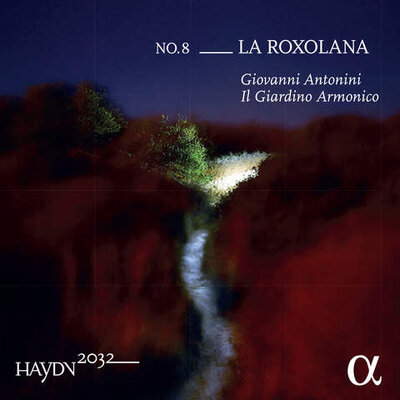
VOL. 8 _LA ROXOLANA
CD
Giovanni Antonini, Il Giardino Armonico
Symphonies No.28, No.43 "Mercury", No.63 "La Roxolana"
Anonymus: Sonata Jucunda, B. Bartók: Romanian Folk Dances
Available at:
Bider&Tanner, Basel
Outhere Music
Download / Stream
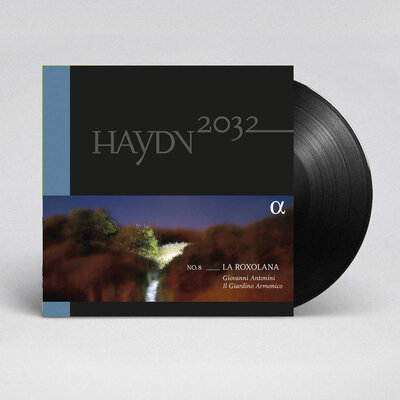
VOL. 8 _LA ROXOLANA
Vinyl-LP with book (download code CD included)
Giovanni Antonini, Il Giardino Armonico
Symphonies No.28, No.43 "Mercury", No.63 "La Roxolana"
Anonymus: Sonata Jucunda, B. Bartók: Romanian Folk Dances
Essay "Skulls" by Mathias Énard
Available at:
Bider&Tanner, Basel
Outhere Music
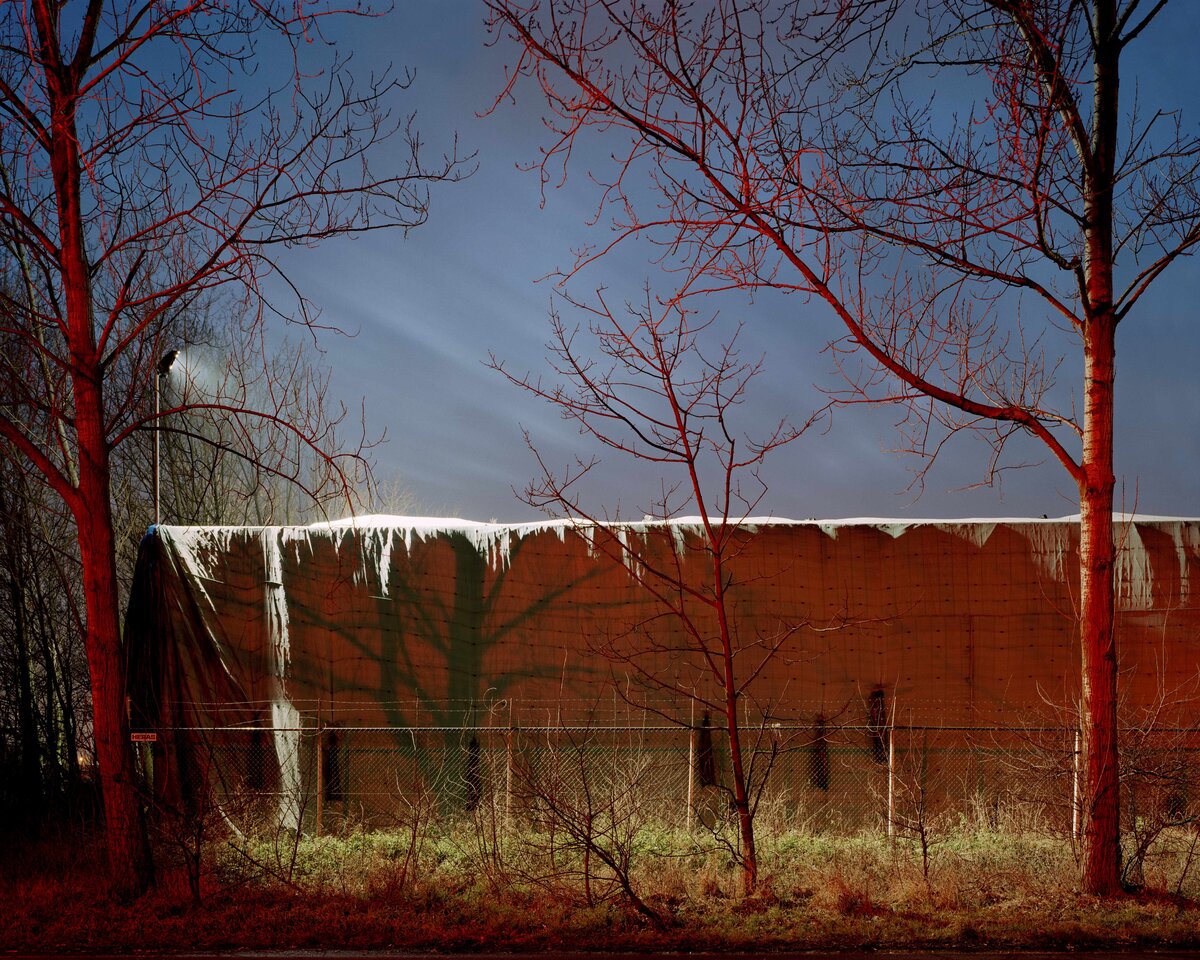
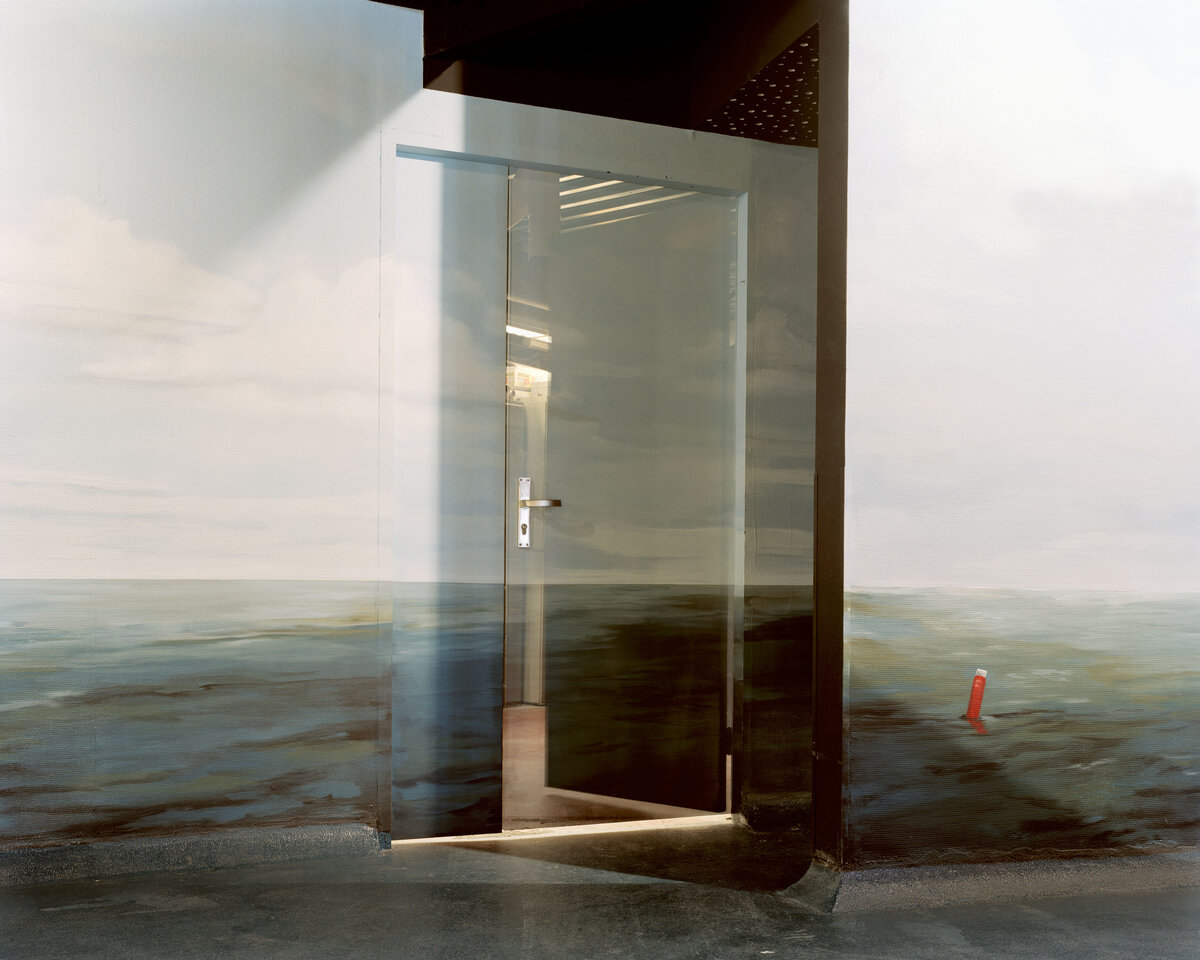
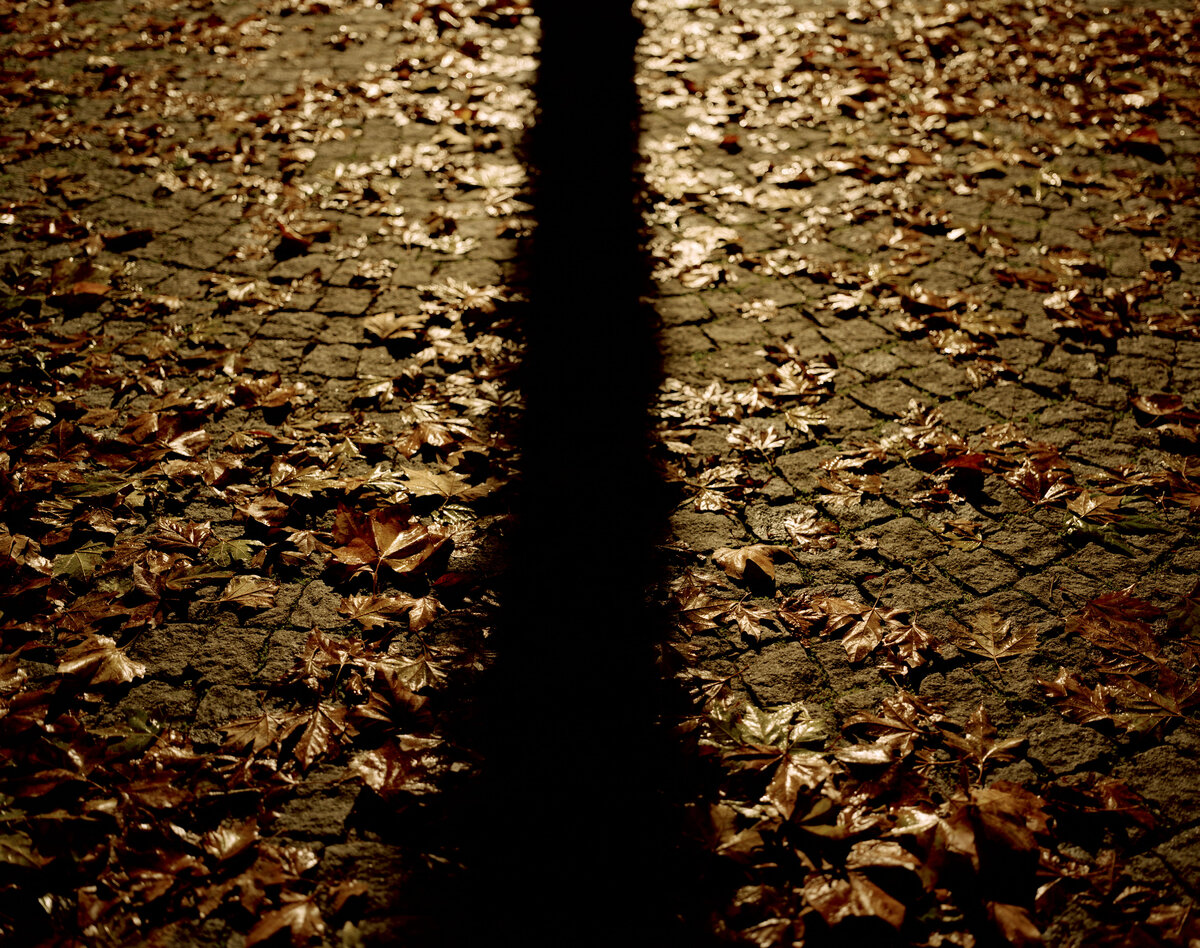
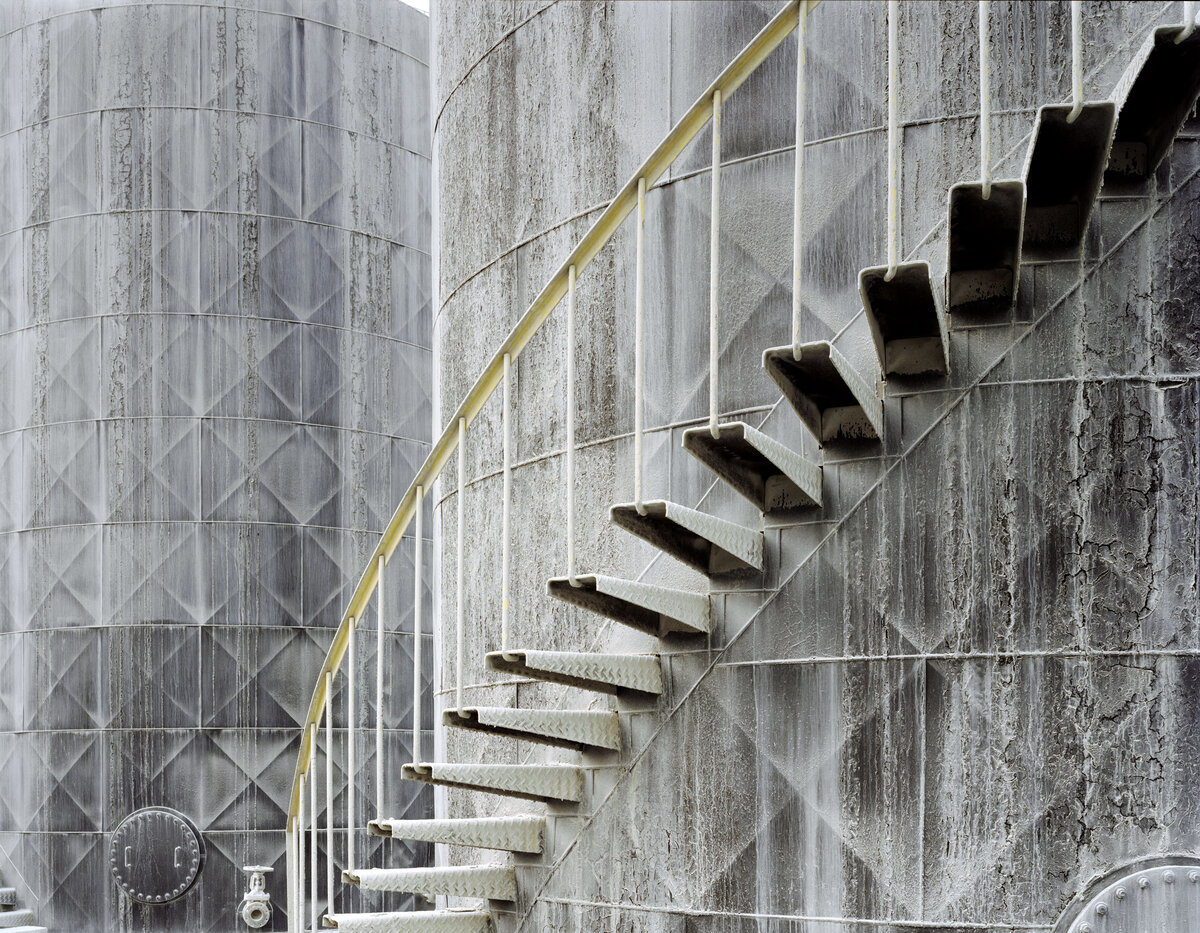
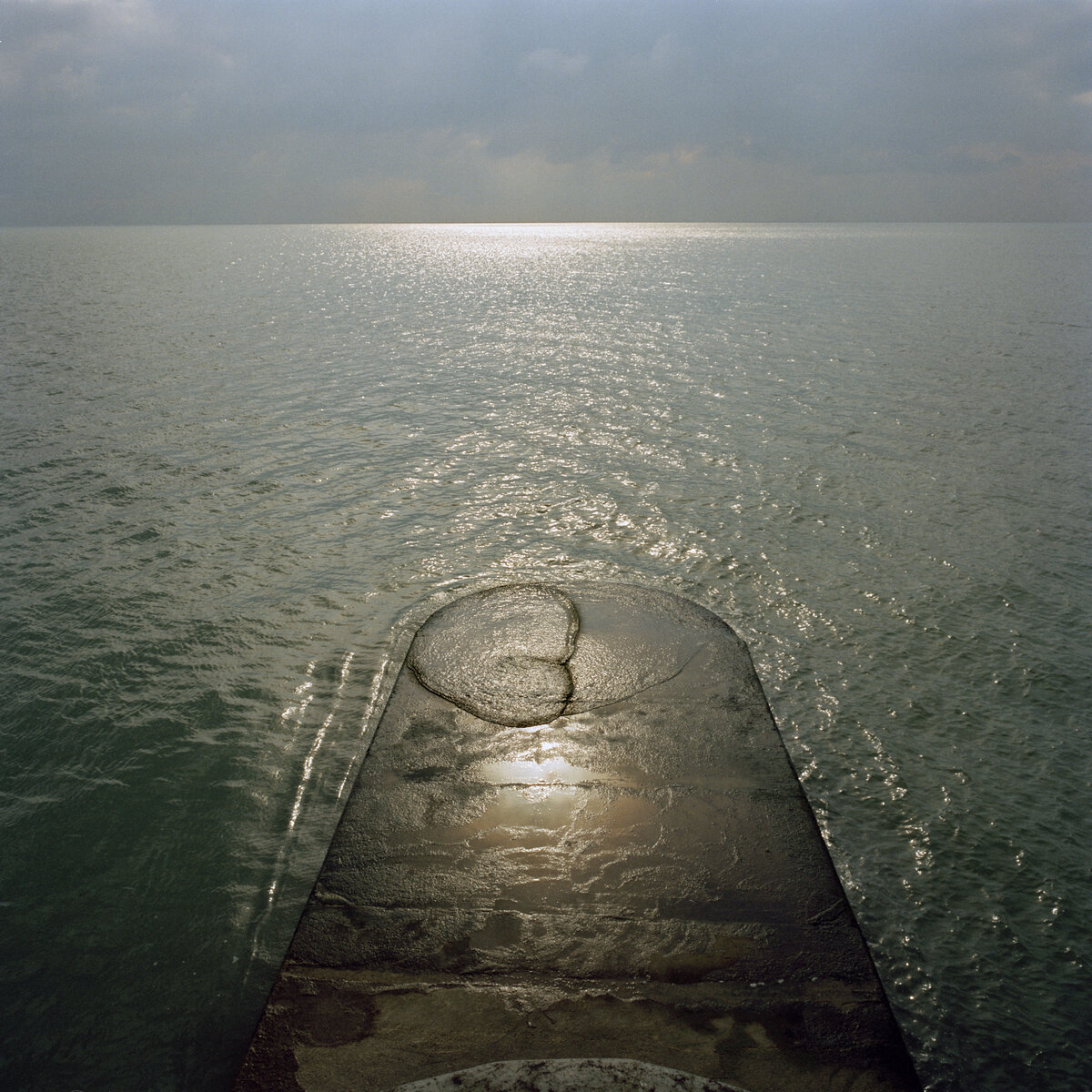
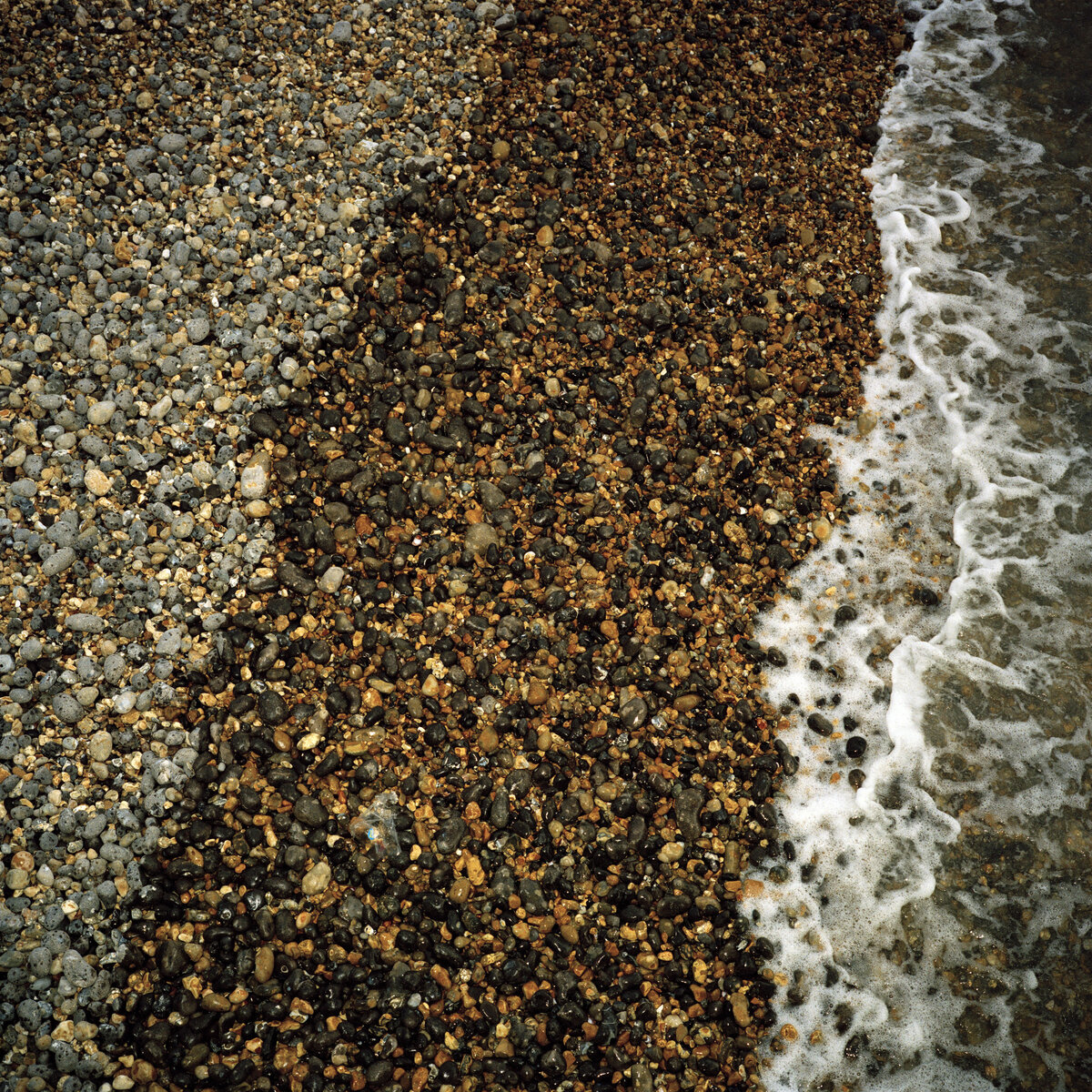
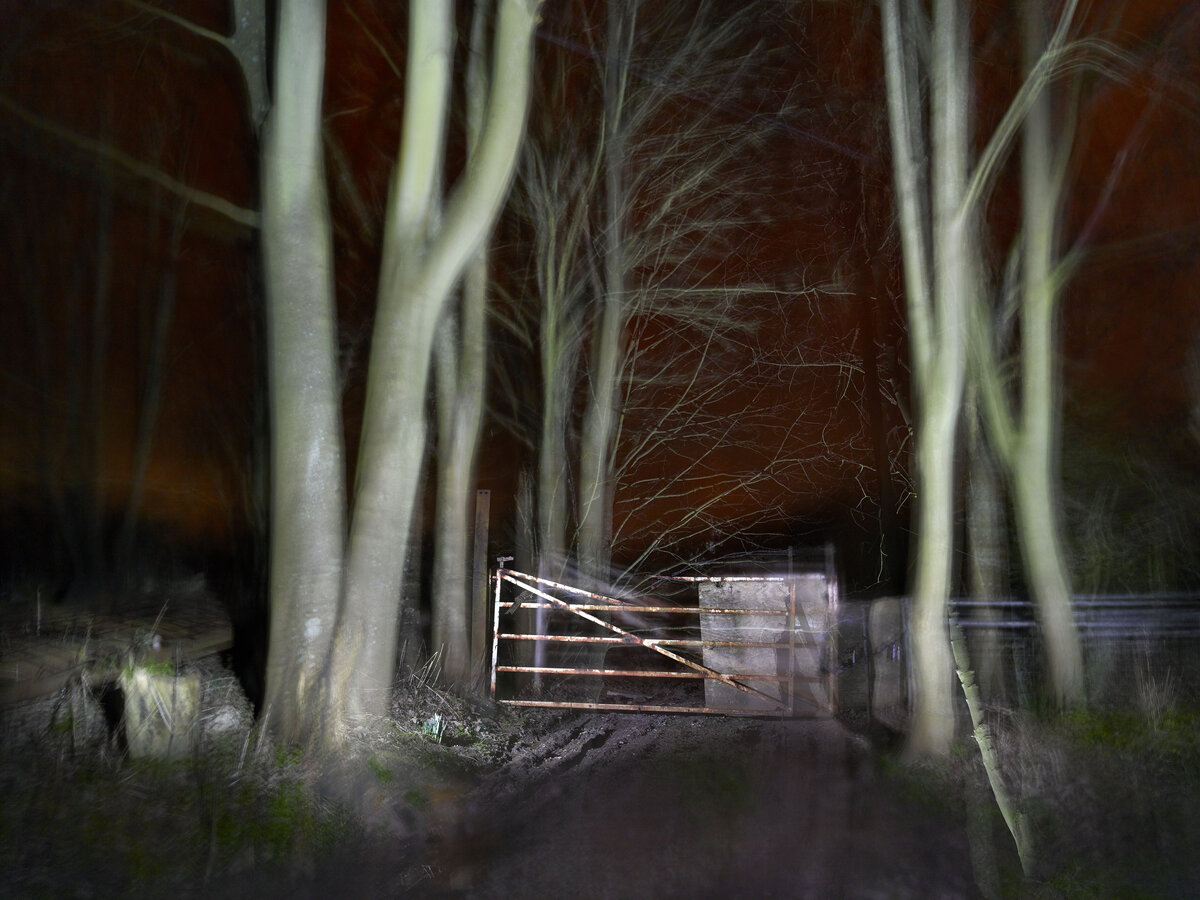
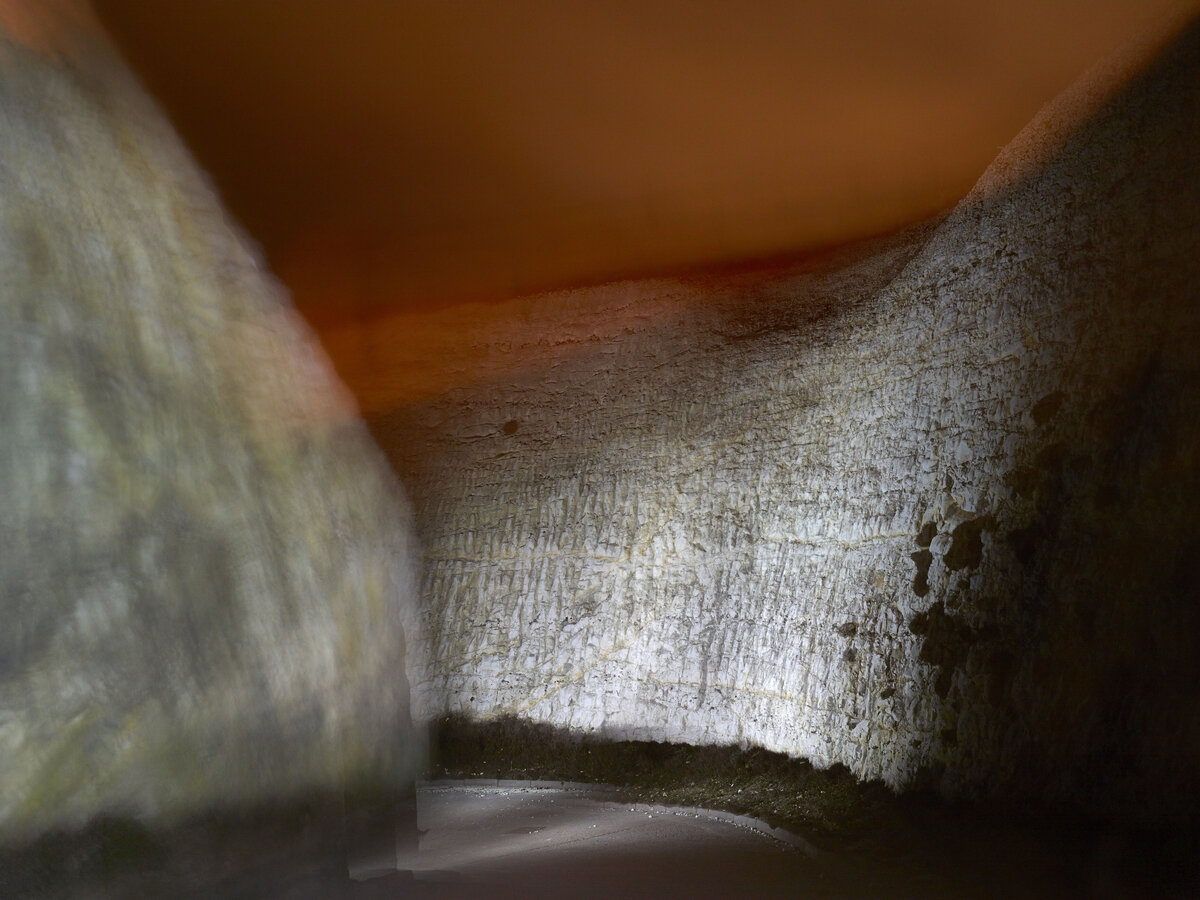
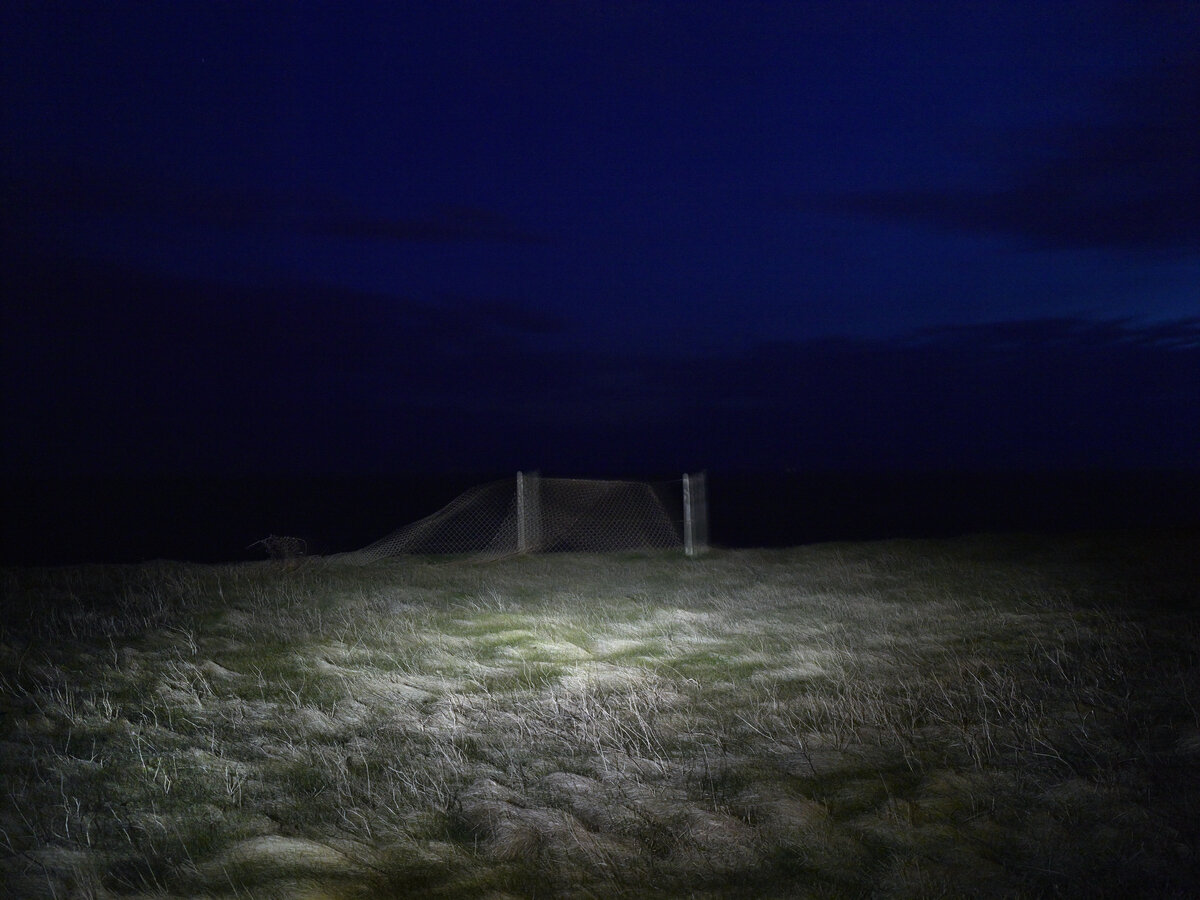
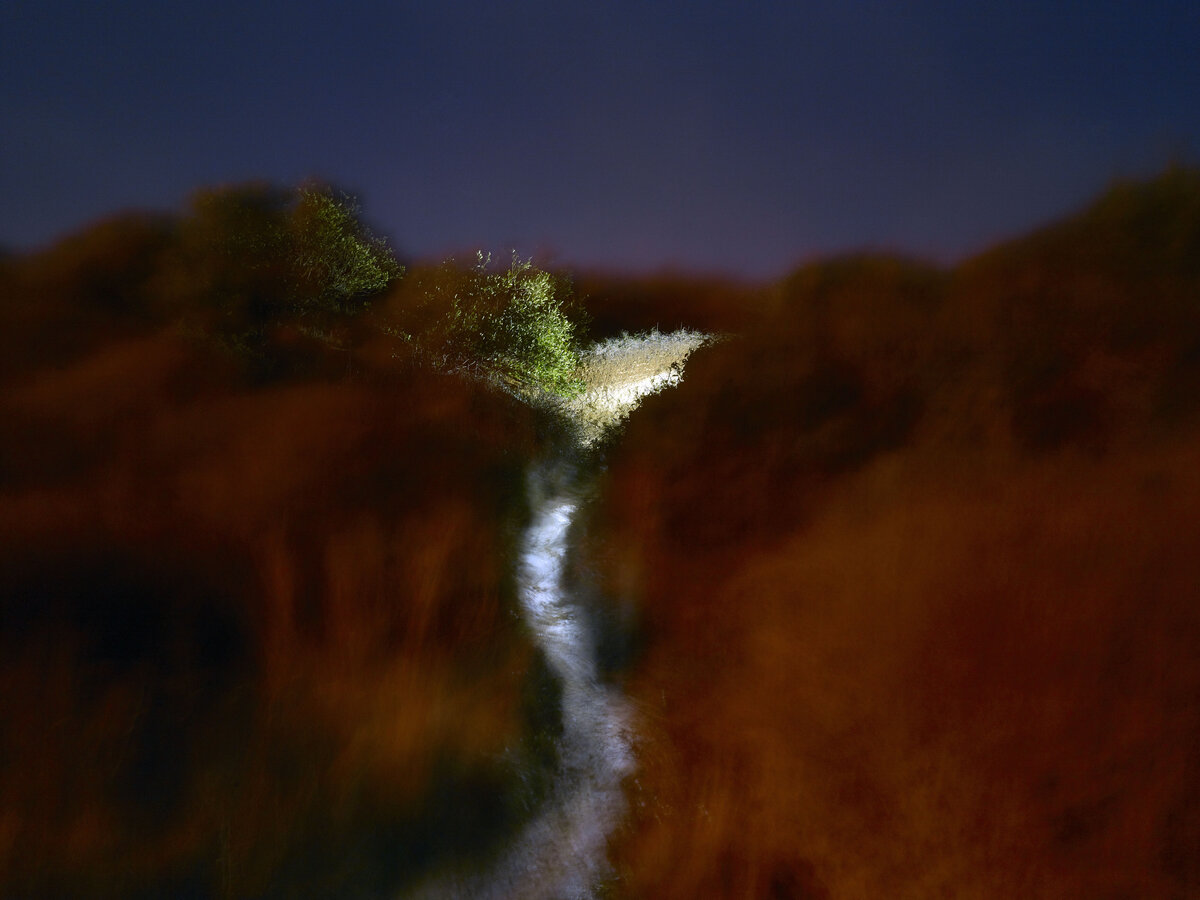
Mark Power / Magnum Photos
Biography
Photographer, Magnum Photos
Mark Power
Photographer, Magnum Photos
Mark Power was born in 1959, in Harpenden, UK. As a child, Mark discovered his father's home-made enlarger in the family attic. His interest in photography probably began at this moment, though he later went to art college to study life-drawing and painting instead.
After graduating, he travelled for two years around South-East Asia and Australia. While travelling Power began to realize he enjoyed using a camera more than a pencil and decided to 'become a photographer' on his return to England, two years later, in 1983.
He has published eight books and his work has been seen in numerous galleries and museums across the world. It is in several important collections, both public and private, including the Arts Council of England, the British Council, the Victoria and Albert Museum, Los Angeles County Museum of Art, Milwaukee Art Museum, and Marrakech Museum of Photography and Visual Art.
Mark Power joined Magnum Photos as a Nominee in 2002, and became a full Member in 2007. He lives in Brighton, a city on the south coast of England, with his partner Jo, their children Chilli and Milligan and their dog Kodak.
Pourtant Beyle possédait des informations de première main sur Haydn – il était, ainsi que plusieurs officiers français, présent à la messe de requiem qui fut donné en souvenir du compositeur à l’église des Écossais, le 15 juin 1809, deux semaines après son décès, survenu le 31 mai. La Schottenkirche est d’ordinaire croustillée de marbres colorés, peuplée d’angelets de stuc et de saints d’albâtre ; elle est ce jour-là tendue de velours noir, rehaussé en lettres d’or au nom de Haydn. Toute la ville, malgré les circonstances, tous les musiciens de la ville, nous raconte Beyle, se pressent dans l’église.
Excerpt from the essay "Skulls" by Mathias Énard
The essay "Skulls" by Mathias Énard was published in the vinyl edition vol. 8.
Biography
Writer
Mathias Énard
Writer
Mathias Enard (born in 1972) is a French novelist. He studied Persian and Arabic and spent long periods in the Middle East. He has lived in Barcelona for about fifteen years, interrupted in 2013 by a writing residency in Berlin. He won several awards for Zone, including the Prix du Livre Inter and the Prix Décembre, and won the Prix Goncourt/Le Choix de l’Orient, the Prix littéraire de la Porte Dorée (fr), and the Prix du Roman-News for Rue des Voleurs (Street of Thieves). He won the 2015 Prix Goncourt for Boussole (Compass).










